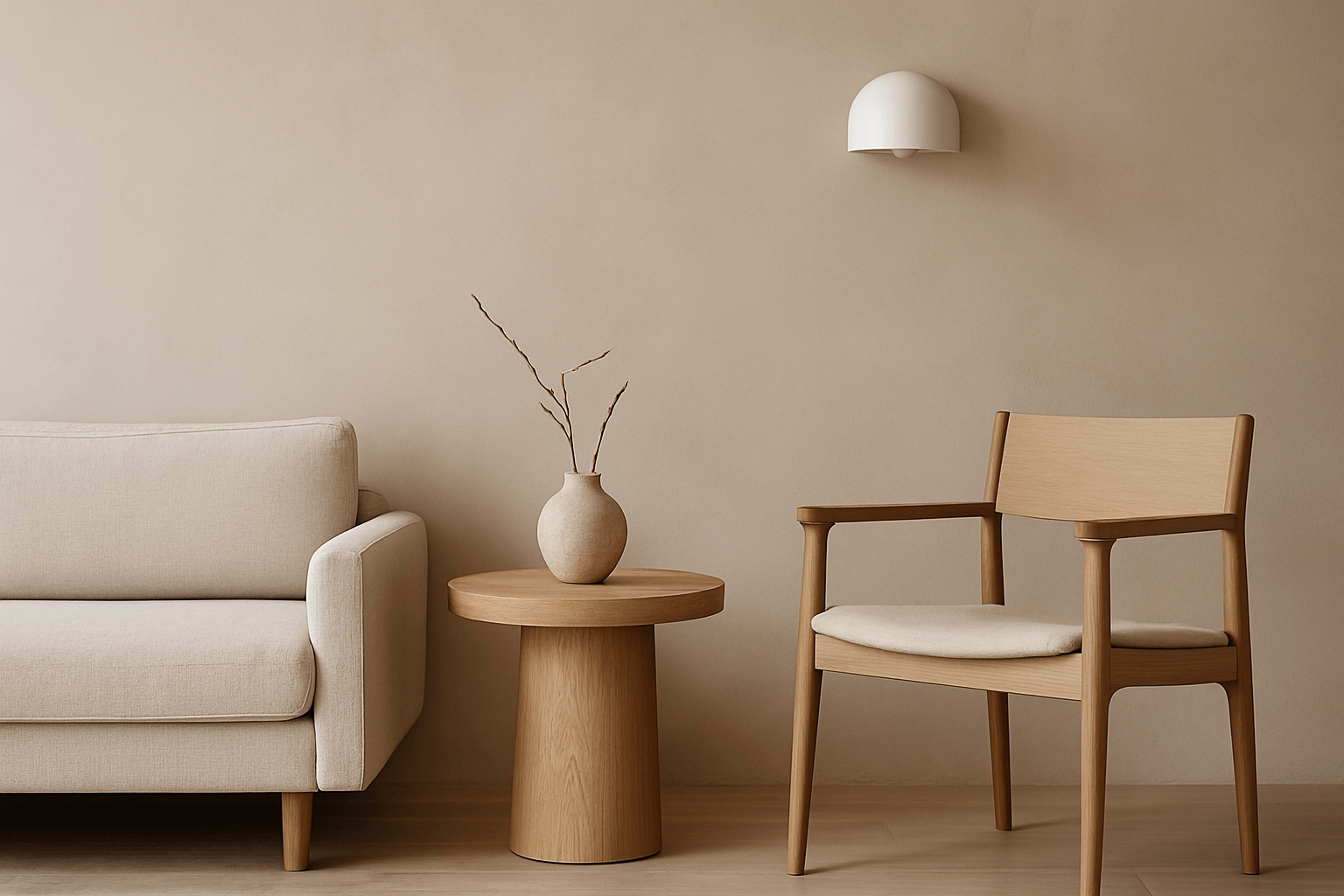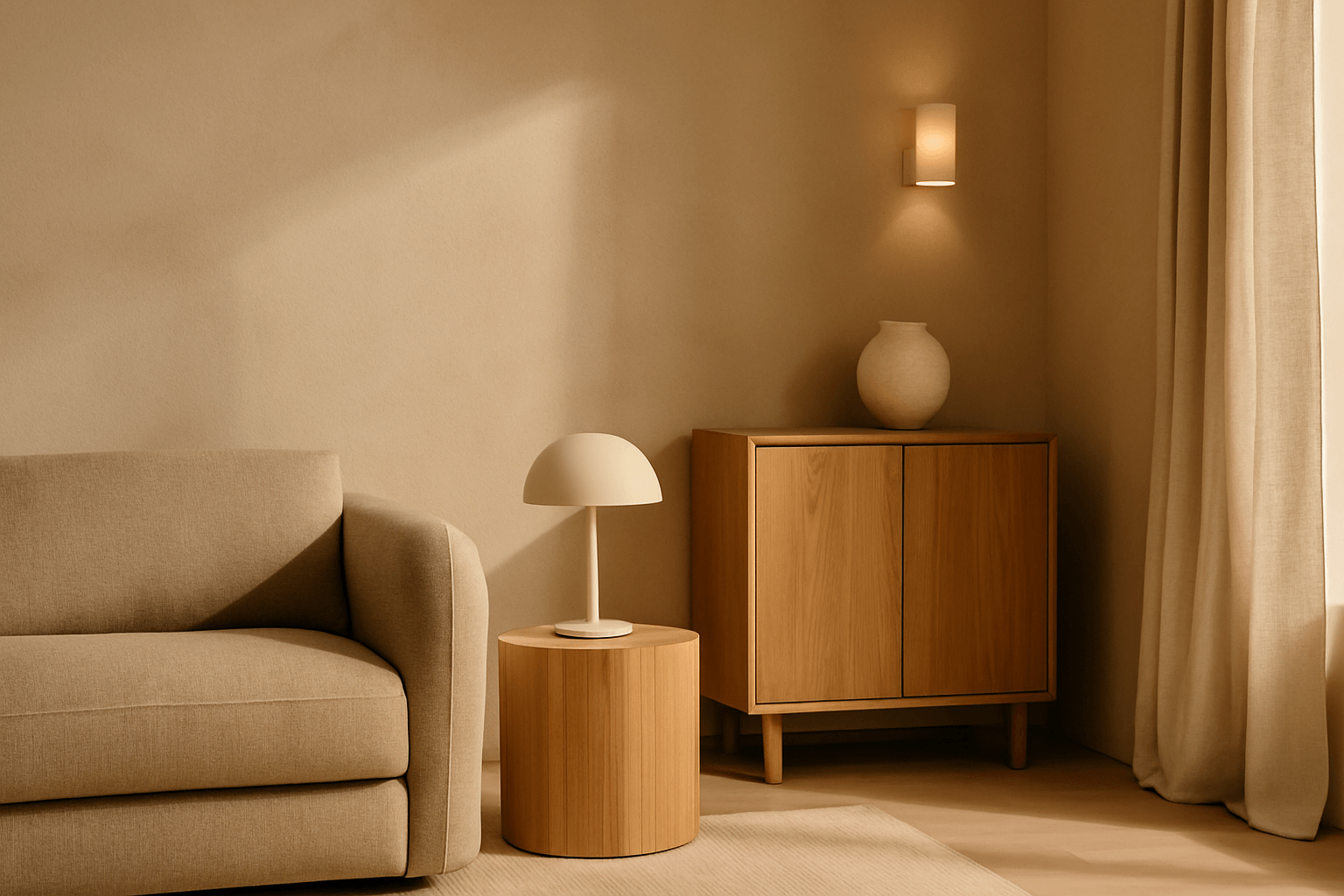Minimalism Isn’t About Having Nothing — It’s About Prioritizing What Matters
In a world that constantly demands more, minimalism offers a quiet rebellion:
Less, but better.
Less distraction, more intention.
Less clutter, more connection.
Minimalist interiors aren’t empty. They’re carefully curated to support what’s most important.
1. Less Visual Noise, More Emotional Ease
Every item in a space competes for your attention.
Reducing visual clutter:
-
Lowers stress
-
Improves focus
-
Creates emotional calm
Clear surfaces, breathable layouts, and muted palettes allow you to breathe easier in your own home.
2. Quality Over Quantity: A Lasting Relationship with Objects
Minimalism encourages you to:
-
Choose fewer, higher-quality pieces
-
Build emotional connection with what you own
-
Invest in timeless, versatile designs
This mindset fosters sustainability and reduces impulse-driven consumption.
3. Space as a Functional Luxury
Space itself becomes a luxury.
By resisting the urge to fill every corner, you create:
-
Visual rhythm
-
Flexibility in how spaces are used
-
A sense of lightness and flow
Empty space isn’t wasted — it’s functional calm.
4. Designing for Presence, Not Performance
Minimalist spaces aren’t designed to impress.
They’re designed to support daily life:
-
Comfortable reading corners
-
Thoughtfully placed lighting
-
Objects chosen for use and beauty
The home becomes a sanctuary, not a stage.
5. Mindful Living Starts with Mindful Spaces
Your environment shapes your habits, mood, and pace.
Minimalist design supports slow, intentional living by:
-
Reducing visual and mental distractions
-
Encouraging present-moment awareness
-
Aligning your space with how you want to feel
Less becomes the foundation for a more meaningful life.
Final Thought
Minimalism isn’t deprivation. It’s a re-alignment.
When you choose less, you make space — for calm, connection, and clarity.
The beauty of less is the life it makes room for.
















